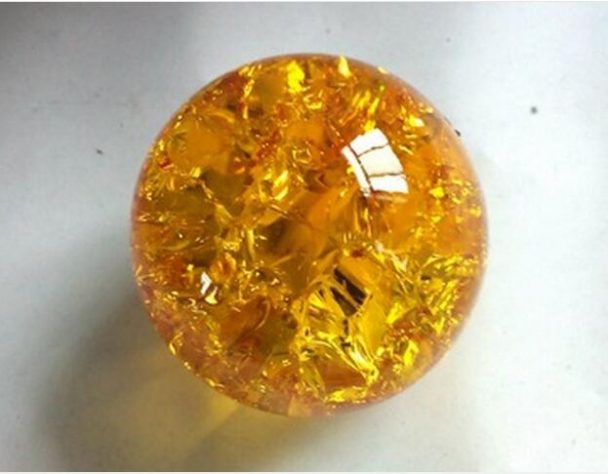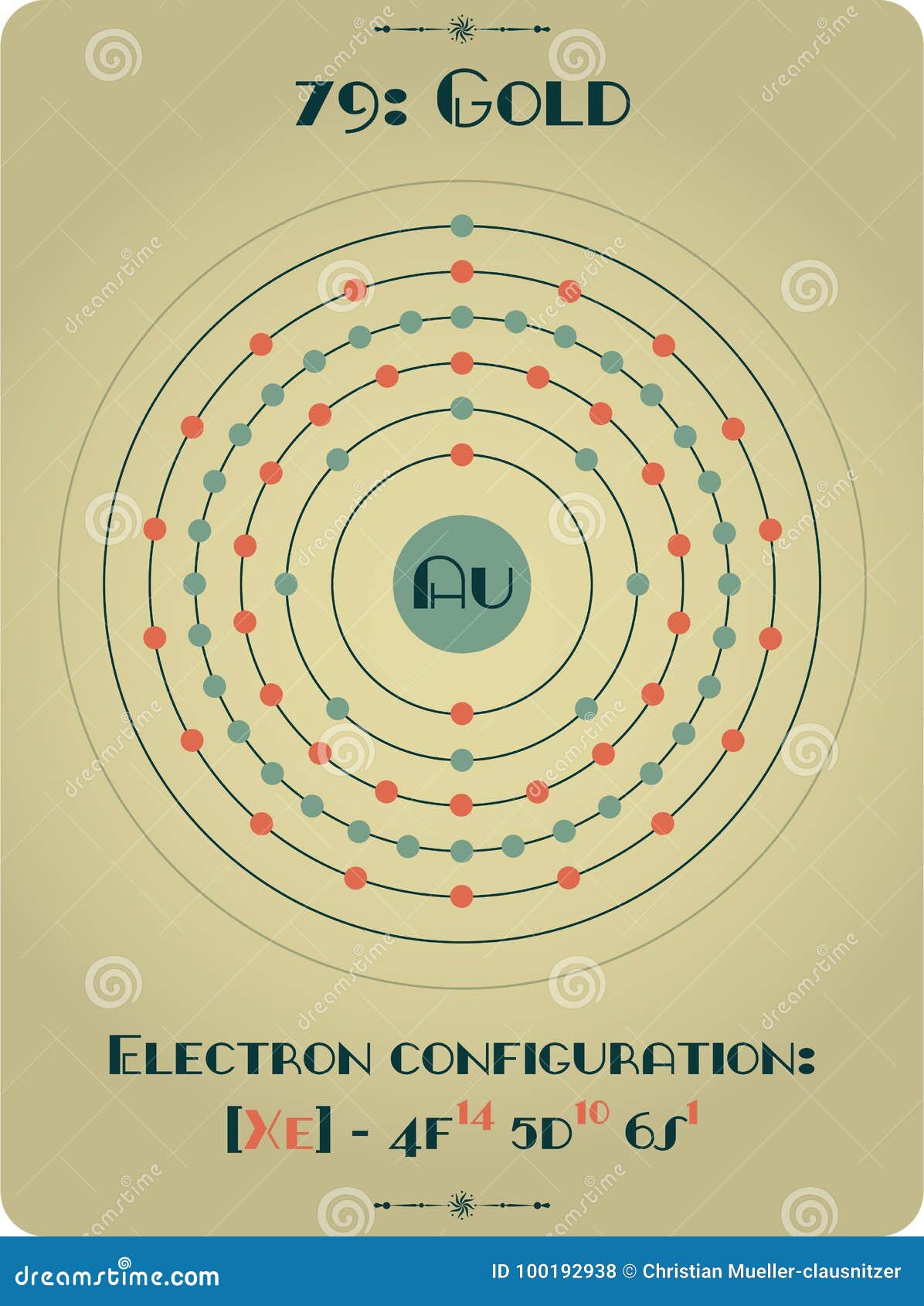

WB Clarke found a gold nugget near Cox's River in the Blue Mountains, NSW. However, early discoveries of gold in Australia were hushed up by the authorities for fear that all the convicts, soldiers and public servants would stop work to hunt for their fortune. In 1823 James McBrien found traces of gold near Bathurst, NSW. Gold had a significant historical role in Australia. Even fairy tales often mention golden objects such as eggs or harps, and most people have heard of the golden pot at the end of the rainbow.Ĭhristopher Columbus was in search of gold when he discovered America in the 15th century. King Midas, King Solomon, and Jason and the Argonauts were all legendary gold seekers. Gold has featured in many myths and legends. When King Tutankhamen died, his mummified body was partly covered with gold which was still shiny when it was discovered by archaeologists over 3000 years later!įunerary mask of Tutankhamun. In 5000 BC, the Egyptians found gold in the bed of the Nile River and for thousands of years used gold for objects of adornment. In ancient times, alchemists would spend their entire lives trying to turn other metals into precious gold. It has been treasured since ancient times and was the first metal used by humans, with simple gold ornaments among the earliest known metal objects. Gold has a very special place in human history. Lasers in industry and medicine use gold-coated reflectors to focus light energy. Gold is used to replace or repair teeth and in the treatment of arthritis and other diseases. Because of gold's heat reflecting properties it was used as a film coating on the Apollo 14 lunar module, the vehicle which first landed man on the moon. Jet engines, space suits and space craft are often coated in gold to reduce heat and glare. Buildings in tropical countries sometimes have a transparent film of gold on the windows. Rays of light do not easily pass through gold so it is useful as a protective shield against heat and light. An important and growing use is in the mechanism and circuitry of safety air bags in motor vehicles. Gold is very useful for wiring that is difficult to repair, such as under water and in outer space, because it does not corrode or wear out quickly. Small sheets of gold leaf are also often used for decorative letters, gilding book edges and picture frames and to coat religious statues.Īs it conducts electricity and is ductile, gold is used for wiring in computers - from mobile phones to rocket launchers. Yellow, green and red golds are produced by alloying gold with copper and silver in different proportions.Īs gold can be rolled very thin and is durable, it's often used to coat metal or glass objects. White gold is an alloy of gold with silver, palladium, nickel and copper. In 18 carat gold, for example, 18 of the 24 parts are gold and the remaining 6 parts are another metal, such as silver, nickel or copper. Pure gold (100% gold and nothing else) is known as 24 carat. The term 'carat' is used to describe the purity of gold and is based on a total of 24 parts.

To check the gold price today see Īlthough pure gold is rarely used as it is too soft, gold is often mixed (alloyed) with other metals. Institutions and individuals also use gold as a store of wealth. More than half the world's gold is stored by governments and banks. Gold has been used as coins since early times, but very few coins are made from gold today. If gold is scratched the powder will be a gold colour. They can be distinguished from gold by scratching it - the powder (streak) produced will be black. These include pyrite (FeS 2) and chalcopyrite (CuFeS 2). There are a number of minerals that are commonly mistaken for gold they are often called 'fools gold'. One ounce (31 grams) of gold can be beaten into a see-through thin sheet of nine square metres or drawn out into a wire 80 kilometres long!Ĭhalcopyrite streak. It is then used for lettering on honour rolls in schools, or for putting gold onto picture frames and ornaments. 'Gold leaf', for example, is gold that has been beaten into a sheet less than one tenth of a millimetre thick. This has made gold sought after for a wide range of applications, like jewellery and in electronics. Gold, like most metals, can be hammered into thin sheets (malleable) or drawn out into thin wires (ductile). It is slightly harder than a fingernail but not as hard as a coin or glass. The same volume of milk weighs only one kilogram. If you had enough gold to fill a one litre milk carton, it would weigh 19.3 kilograms. Gold is heavy - it weighs over nineteen times more than water and is almost twice as heavy as lead.

A gold nugget of 5 mm in diameter can be expanded through hammering into a gold foil of about 0.5 square meters.


 0 kommentar(er)
0 kommentar(er)
